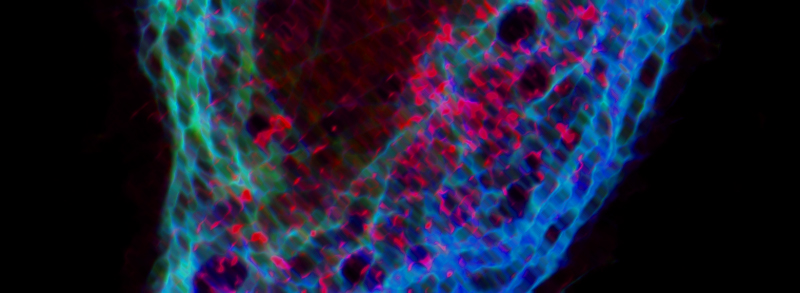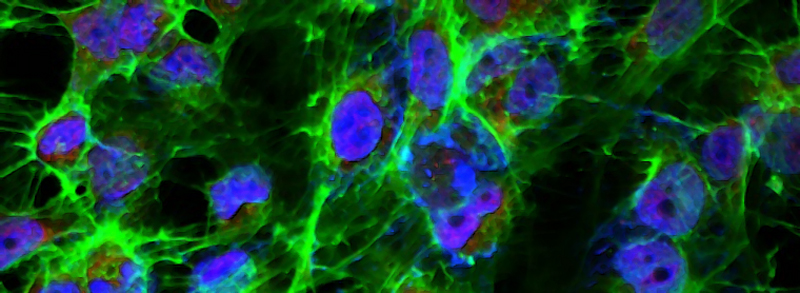





RESEARCH OVERVIEW
1. Functional Genetics of Ovarian Cancer
We have made a comprehensive effort to map ovarian cancer essential genes using whole genome RNAi methodology. We have coupled these functional genetic analyses with an analysis of gene copy number aberrations, RNA expression and RNA sequencing to correlate genetic aberrations with essential gene maps. Part of this work was recently published in Cancer Discovery as a larger collaborative effort with Drs. Neel and Moffat reporting the results of the 72 RNAi screens on ovarian, breast, and pancreatic cancer cell lines.
2. Signaling in Osteocytes
We are interested in signaling pathways that regulate osteoclast and osteoblast function. Towards this end, we have uncovered the underlying molecular basis for a rare autosomal human disease called Cherubism. The adapter protein 3BP2 is mutated in Cherubism. We have shown, through knockout studies that 3BP2 is required for both osteoclast and osteoblast function. We have recently discovered that all Cherubism mutations uncouple 3BP2 from its negative regulator Tankyrase, a member of the PARP family. We have shown that 3BP2 is an obligate upstream regulator of the Src and Abl tyrosine kinases necessary for osteoclast and osteoblast function respectively. Cherubism mutations lead increased levels of 3BP2 expression with concomitant high Src activation. We have shown that Tankyrase regulates 3BP2 levels through ADP-ribosylation and ubiquitylation. In collaboration with Frank Sicheri at the Lunenfeld, we have solved the crystal structure of the 3BP2 peptide sequence mutated in Cherubism in complex with the Tankyrase. This study has allowed us to determine the general substrate recognition rules for Tankyrase from which we have predicted and verified previously unknown Tankyrase substrates. This work was recently published in Journal of Clinical Investigation and in two companion Cell papers.
3. Regulation of the Rho guanine nucleotide exchange factor Arhgef2
Arhgef2 is required for stress fiber formation induction by the major mitogen present in serum lysophosphatic acid and thrombin. We have discovered that Arhgef2 is coupled to the microtubule array through the dynein light chain TCTEX-1 where it is phosphorylated and inactivated by PKA. This work was recently published in Molecular Cell.
4. Signal Transduction in Immune Cells
Our lab is interested in cell signaling in immune cells. We have identified translational control as a critical component of CD28 mediated costimulation (Nature 1994, Nat Immunol. 2001, J Immunol. 2005). We have recently identified a HIPK1 as a novel serine threonine kinase regulating B cell development (PLoS One. 2012). Lastly, we have uncovered a role for 3BP2 in regulating T cell (Immunity. 1998) B cell (Mol Cell Biol. 2007) and granuloctye function (J Immunol. 2012).
